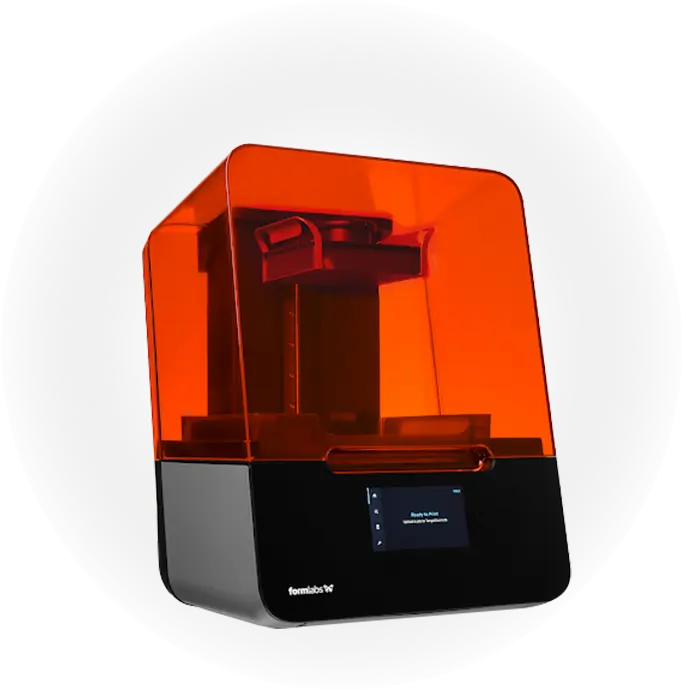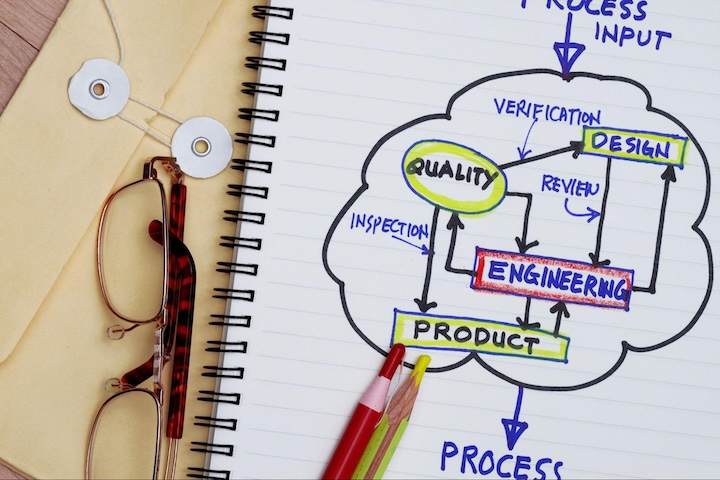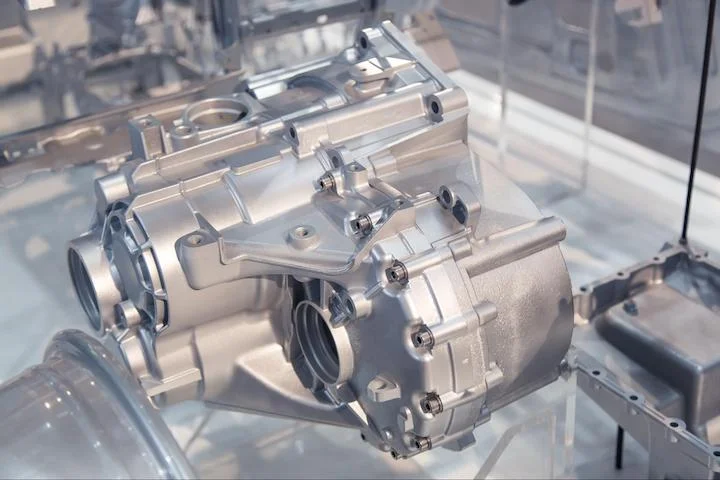Time to read: 5 min
Prototypes are integral to product development, moving a product from initial ideation to fabrication. This article will break the product development process down into five general stages and discuss how various types of prototypes, from visual aids to fully functional test articles, provide tangible benefits to the product development process as a whole.
Research & Ideation
The project scope must be defined before starting any new product development journey. Usually, the project scope is determined by the client or developed with the end user or end function in mind. The project scope is typically well-defined, with clear deliverables that help keep stakeholders aligned and prevent scope creep. A well-defined scope should include the relevant design standards, industry regulations, performance requirements, overall product dimensions, and assembly requirements. Including these critical factors in the scope helps reduce the risk of having to change the trajectory of the design completely.
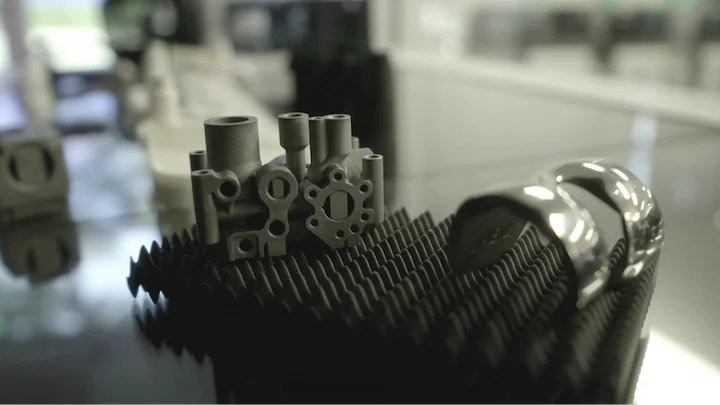
Once the requirements are defined, further research can be undertaken to check if similar products are already on the market and whether common problems have already been solved. Another key research item is to make sure there are no patent infringements. This initial research will guide the concept development stage.
Prototyping can be utilized in this early stage by creating proof-of-concept models for an initial kick-off point. These prototypes are typically only visual representations of how the product could look or function. These models can be used as aids to guide discussions or to describe the functionality to non-technical stakeholders. These initial prototypes do not necessarily have to include any technical characteristics or functions. Visual prototypes are useful during the early stages to help keep stakeholders aligned regarding the overall vision before the project starts in earnest.
Concept Development & Evaluation
Using the groundwork from the ideation and research stage, multiple concepts can be developed that expand on ideas noted in earlier phases. Developing multiple concepts helps designers creatively explore various solutions.
New concepts must align with the project scope, use proven solutions when possible, do not infringe on intellectual property, and be aligned with the relevant industry standards. Doing this lays the foundation for the design stage. These concepts must undergo a rigorous and well-defined evaluation process that follows a standardized concept evaluation rubric. Following a rubric helps evaluate all concepts according to the same criteria.
During the concept evaluation stage, various low-fidelity functional prototypes that highlight the key differentiating features of each concept can be produced. These functional prototypes can supplement the evaluation process by giving stakeholders a tangible understanding of the concept in terms of user interaction, aesthetics, and overall functionality, allowing for clear and unbiased concept evaluations.

Product Design
Once the final concept has been chosen, a detailed design can follow. At the very least, this process should include defining materials, load cases, manufacturing, and assembly methods. The design stage takes a low-fidelity concept and sharpens it into something that can function as intended while conforming to standard DFM (design for manufacturing) principles. During the design stage, all concept elements should have been designed to function during the normal operation of the product. Typically, engineering calculations and FEA (finite element analysis) are performed to ensure components will perform as expected. In addition, materials are selected based on the intended operating environment, mechanical properties, aesthetics, and cost.
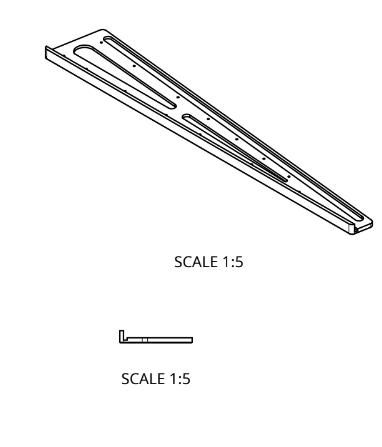
Prototyping during the design stage includes specific components or subassemblies to check if parts can be assembled, mechanisms can function as expected and can interface correctly with existing equipment. Rapid prototyping technologies like additive manufacturing are ideal as they are easy to use, low cost, and provide almost instant feedback for designers. The goal is to reduce the number of iterations required during the testing stage, which should ultimately test the overall function of the product instead of evaluating individual components or subassemblies.
The final step of the design process typically involves a detailed design review to catch any potential mistakes in the design. After that, fabrication drawings can be developed to manufacture prototypes for testing.
Product Testing
The testing stage consists of multiple tests to evaluate all facets of the product. Functional tests consist of taking a fully functional prototype of the product and testing it during normal and abnormal real-world conditions. This testing can consist of manual checks or automated testing regimes that expose the product to repetitive operating cycles to ensure that it is durable enough to survive its design life. In some cases, the product may need to conform to specific industry standards and must be tested at certified institutions that might require multiple prototypes. Environmental tests may also be required to ensure the product will function in its intended environment without excessive corrosion or general environmental degradation.
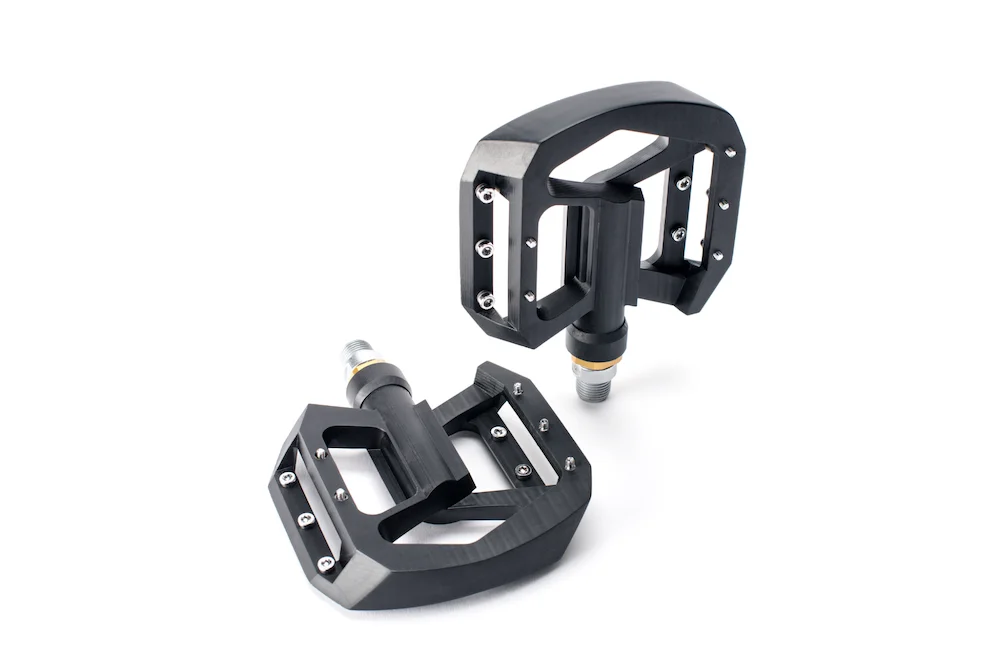
Once the testing, as mentioned earlier, has been completed, market testing can commence. Prototypes can be produced for distribution into a test market strategy to obtain feedback from users on any potential issues with the product. High-fidelity prototypes that closely match the final intended product can be produced. User testing often highlights unforeseen problems with the design and can provide valuable insights to improve the quality of the product.
The testing stage is the most dependent on prototypes so many iterations may be required.
Fabrication
Trial fabrication can commence once the design has been updated to incorporate all changes highlighted during the testing stage. At this point in the process, there should no longer be a need for product prototypes, especially if each component’s manufacturing process is well-defined and the design follows the relevant DFM principles.
However, the fabrication stage may require prototypes of a different nature. For example, manufacturing engineers and technicians must find methods to improve manufacturing efficiency by developing fabrication jigs and assembly aids. These must be designed and typically iterated throughout the trial fabrication run. Various prototypes of these aids can be developed and tested to see what works and what doesn’t. This process will ensure there are fewer challenges when ramping up to full-scale fabrication.
How Can Fictiv Help Optimize Your Product Development Process?
Fictiv has access to an extensive network of carefully vetted suppliers that understand the intricacies of product development. These suppliers can help manufacture prototypes and impart their extensive knowledge to guide designs regarding DFM requirements and at-scale manufacturing. There are many different methods of producing prototypes, including machining, urethane casting, vacuum forming, additive manufacturing, and low-volume injection molding. Fictiv’s network of manufacturers has access to all these technologies and provides high-quality results. To learn more about how we can help you bring a successful product to market, create your free Fictiv account, and contact our team of experts.








